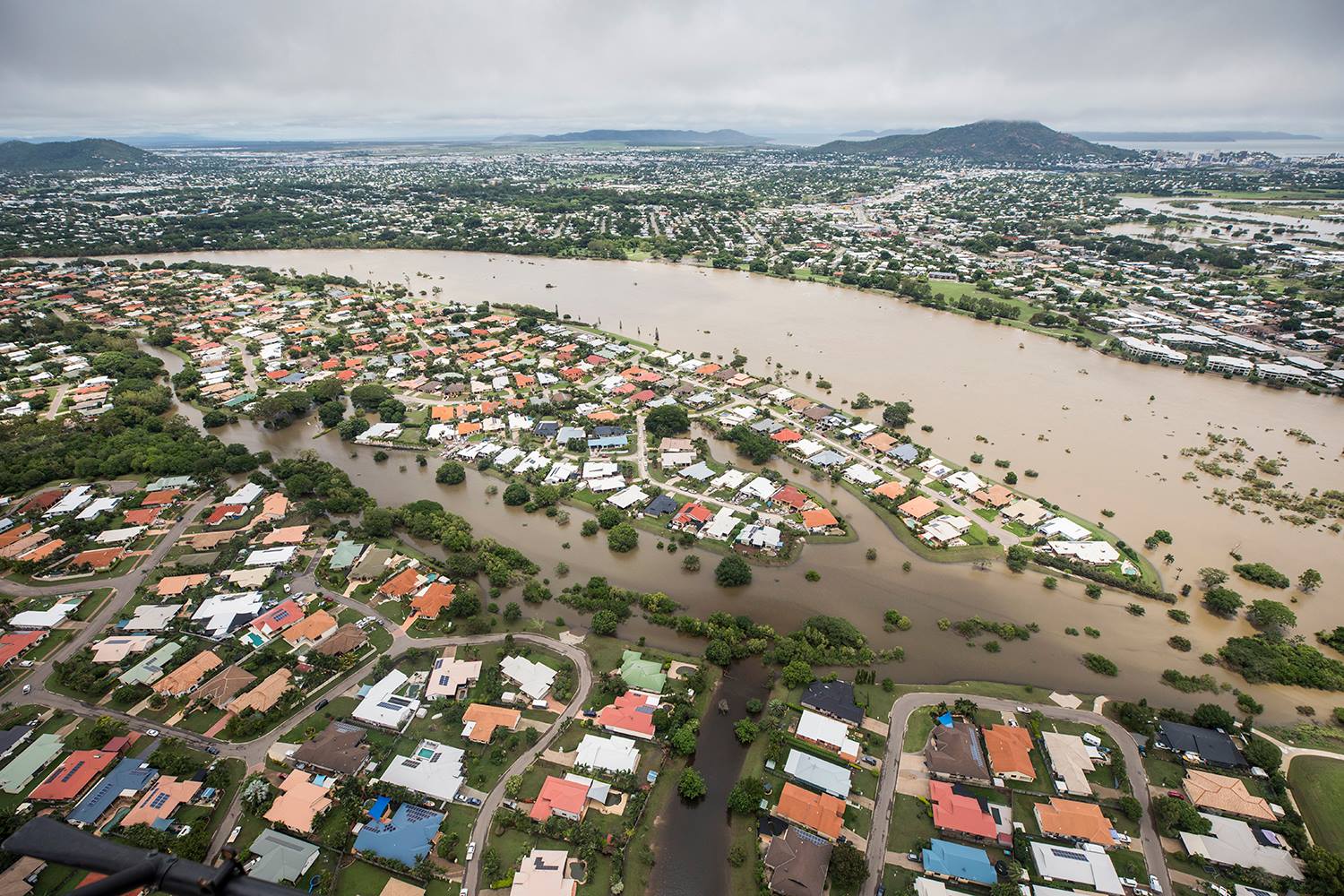Crushed glass stockpiled as part of council recycling streams has proven to be a feasible replacement ingredient in concrete production in research conducted in north Queensland.
Graduate civil engineer Josh Flanders will present a paper on the use of waste recycled glass in concrete at the Institute of Public Works Engineering Australasia’s NQ Branch Conference in Cairns next week.
He was part of a research project in his final year at James Cook University that tested the strength and durability of concrete produced with crushed waste glass as a partial aggregate replacement and with pulverised waste glass as a partial cement replacement.
“More research is required, but so far it is definitely looking good,” he said.
He and a research partner used stockpiled waste glass crushed into fine aggregate form, with a 4mm nominal particle size, as a replacement for coarse sand in the standard council concrete mix.
He said replacing 20 per cent of the sand with crushed glass actually increased the tested compressive strength, while replacement ratios of 40 and 60 per cent had a result quite similar to the control.
“The target strength which council uses is 32 megapascals, tested at 28 days, and all of our glass sand mixes were above that benchmark,” Mr Flanders said.
As well as making use of a waste product, such mixes would save councils time and money in sourcing sand for concrete aggregate.
“Another part of our study was an economic benefit analysis and we found that the crushed glass was 50 cents per tonne to produce based on electricity usage alone compared to $40 per tonne for the sand they use in the concrete,” Mr Flanders said.
In the case of local authorities such as Cairns, that crushed glass input cost has already been invested as part of the household waste recycling process.
The study also replaced cement with pulverised glass (with a nominal particle size of 75 micrometres) in three different mixes.
“We replaced the cement in the normal council concrete control mix with glass powder in 10, 20 and 30 per cent ratios,” Mr Flanders said.
The powder pozzolanically reacted to form additional calcium silica hydrate (CSH) gel, the compound which is responsible for the strength of the concrete.
However it appeared these mixes did not have time to fully develop to the required strength and the concrete mixtures were also very runny.
“As the replacement level increased there were pretty significant decreases in concrete strength,” Mr Flanders said.
The 30 per cent glass powder/70 per cent cement mix produced concrete that was about half the strength of the control at 28 days.
But Mr Flanders remained positive that making other changes on the mixture, particularly decreasing the amount of water in the mix, would show good results.
“We only tested the one water-cement ratio, but I definitely think that if you played around with the ratio you could improve on the strengths that we got,” he said.
Finding a substitute for cement would be particularly beneficial for the environment given that product’s high carbon footprint.
Mr Flanders said the Cairns Regional Council, where he is now employed, currently used crushed waste glass to replace sand as a bedding material for some projects.
Greater testing would be required for large scale use in concrete projects as well as work with suppliers to incorporate the material at the batching plants, he said.
The research was conducted in collaboration with the Cairns Regional Council, with testing carried out at James Cook University Townsville.
The JCU research project is ongoing.


